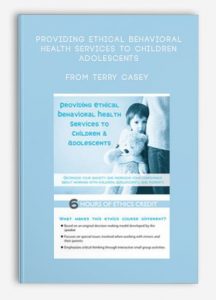 Providing Ethical Behavioral Health Services to Children, Adolescents from Terry Casey
Providing Ethical Behavioral Health Services to Children, Adolescents from Terry Casey
More information about Medical:
Medicine is the science and practice of establishing the diagnosis, prognosis, treatment, and prevention of disease.
Medicine encompasses a variety of health care practices evolved to maintain and restore health by the prevention and treatment of illness.
Contemporary medicine applies biomedical sciences, biomedical research, genetics, and medical technology to diagnose, treat, and prevent injury and disease,
typically through pharmaceuticals or surgery, but also through therapies as diverse as psychotherapy, external splints and traction, medical devices, biologics, and ionizing radiation, amongst others.
Medicine has been around for thousands of years, during most of which it was an art (an area of skill and knowledge) frequently having connections to the religious and
philosophical beliefs of local culture. For example, a medicine man would apply herbs and say prayers for healing, or an ancient philosopher and physician would apply bloodletting according to the theories of humorism.
In recent centuries, since the advent of modern science, most medicine has become a combination of art and science (both basic and applied, under the umbrella of medical science).
While stitching technique for sutures is an art learned through practice, the knowledge of what happens at the cellular and molecular level in the tissues being stitched arises through science.
Outline:
THE MULTIPLE PERSPECTIVES DECISION-MAKING MODEL
- Ethical
- Legal
- Clinical/therapeutic
- Institutional Policies
- Therapist’s well-being and interests
SPECIAL ISSUES WHEN WORKING WITH MINORS
- Assent vs. consent
- Confidentiality issues
- Exceptions
- Process for informing minors and parents/guardians
- Divorced/divorcing parents
- Parenting plans
- Access to a minor’s protected health information
- Laws pertaining to older adolescents
STEPS IN APPLYING THE MULTIPLE PERSPECTIVES MODEL
- Step #1: Evaluate for relevant issues in each perspective
- Step #2: If the problem has a significant ethical component…
- Step #3: Consultation
- Step #4: Decision and documentation
WORKING THE MODEL
- Round #1
- Mandatory reporting: “The phone intake”
- Multiple relationships: “Client in a bind”
- Boundaries and Perceptions: “The coffee shop”
- Round #2
- Parents at odds: “Robert’s separated parents”
- Divorced parents: “The dilemma with Julia”
- Virtual relationships: “Social media friends”
- Round #3
- Competing rights: “Celeste and her father”
- Trusting the process: “Amanda and Stephanie”
- Competency & supervision: “The Play Therapy request”
- Supplemental (time permitting)
- Boundaries revisited: “Dawn’s caramel macchiato”
Description:
Confidently Navigate Child-Related Ethical Issues
Dealing with any ethical issue can be challenging. When it involves children or adolescents it can be especially confusing, daunting and anxiety-provoking. Mental health professionals can be left with more questions than answers and without a clear method for navigating these waters.
In this skill-building recording, Dr. Terry Casey will equip you to handle whatever ethical challenge might arise involving children, adolescents, and their families. You will learn how to employ a unique ethical decision making model developed by Dr. Casey when dealing with a variety of scenarios, including mandatory reporting, boundaries, divorce and child custody, and virtual relationships. Using case vignettes, Dr. Casey will guide you through case studies as you evaluate decisions through the lens of applicable ethical codes as well as federal and state laws.


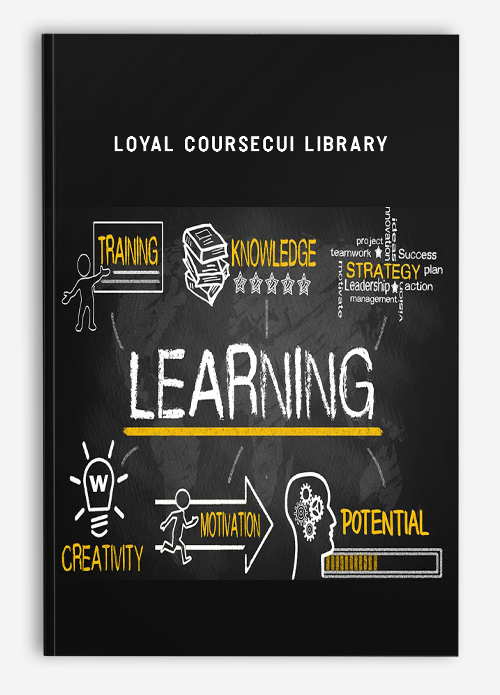




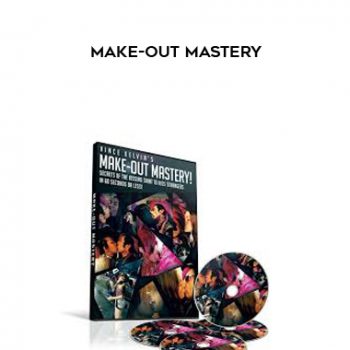
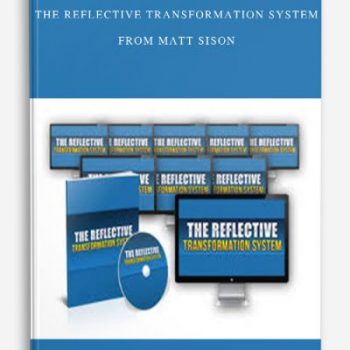

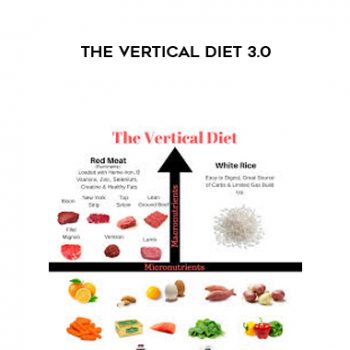
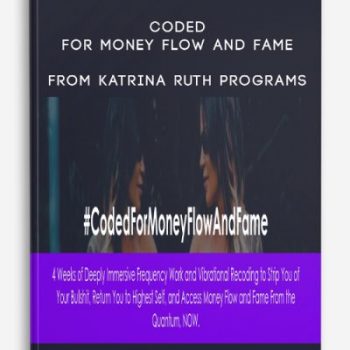

tristian –
This is Digital Download service, the course is available at Coursecui.com and Email download delivery.